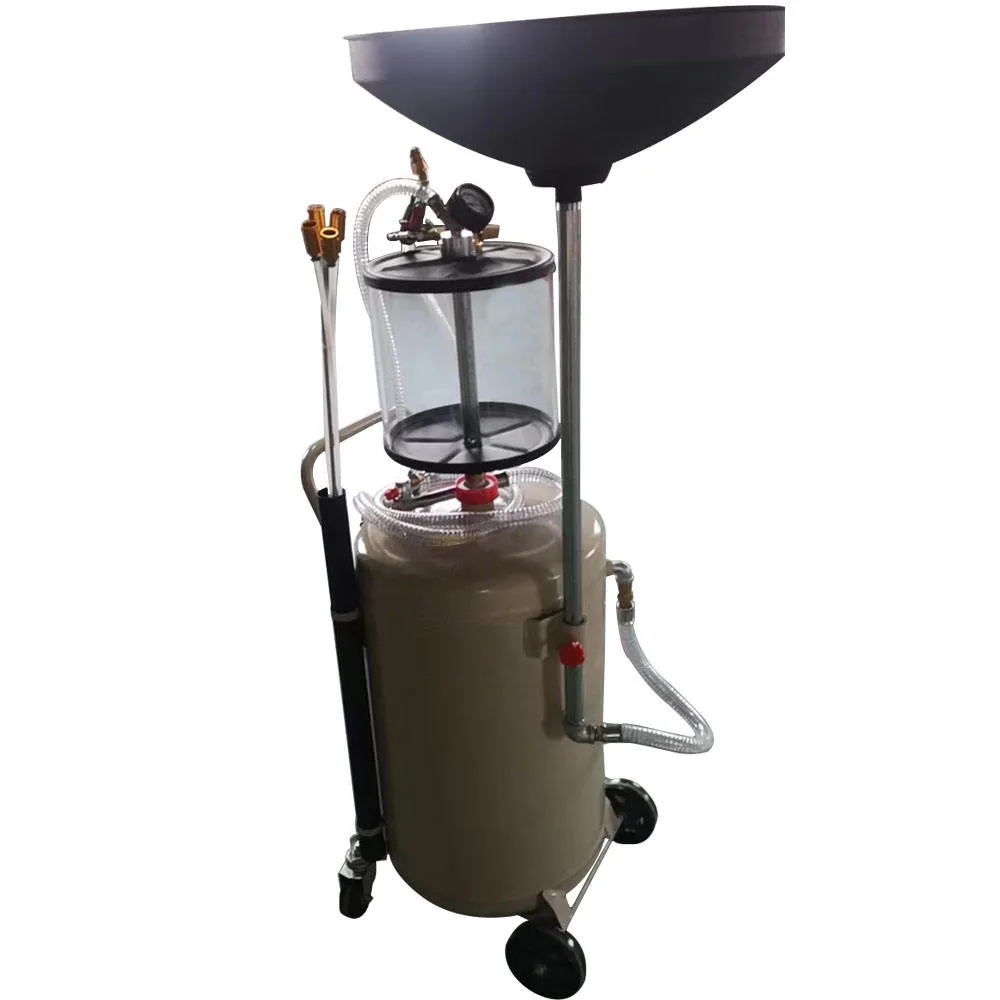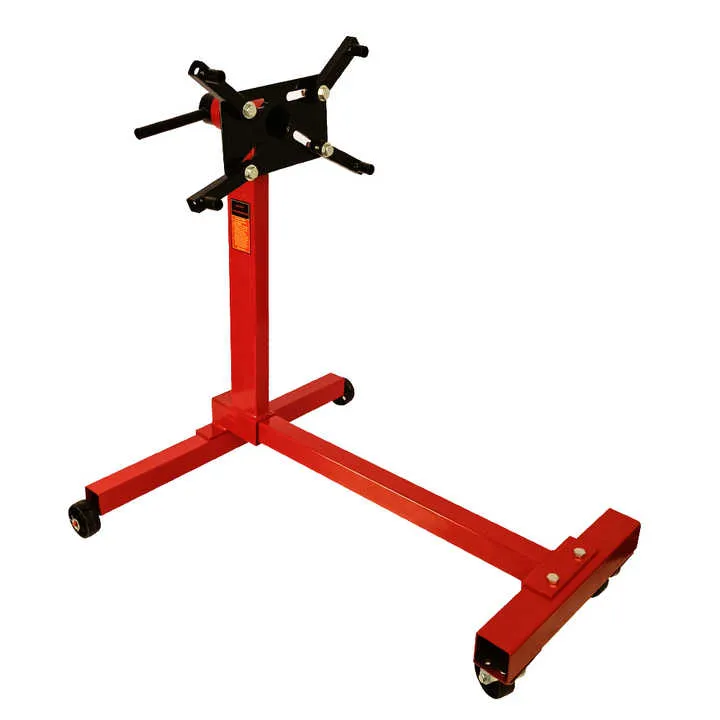2 月 . 01, 2025 00:39
Back To List
hydraulic scissor jack
Hydraulic scissor jacks are essential tools in automotive maintenance and repair, particularly valued for their efficiency, reliability, and ease of use. As an experienced car enthusiast and technician, I have extensively tested and utilized various models of hydraulic scissor jacks, and I can confidently share my professional insights about their unique benefits and vital features. This article emphasizes the importance of quality, the scientific mechanism behind these tools, and practical tips on selection and usage to ensure safety and effectiveness.
Safety features are crucial as well. Look for jacks equipped with a bypass valve to prevent over-pumping, which can lead to hydraulic failure. Additionally, overload protection systems add a layer of safety by ensuring the jack cannot be used beyond its designed capacity. This safeguards both the vehicle and the user, especially critical when working alone or in less than ideal conditions. The maintenance of hydraulic scissor jacks is straightforward yet essential for their long-term reliability. Regular inspection for leaks in the hydraulic system, checking the fluid levels, and ensuring that moving parts are free from debris will keep the jack functioning optimally. Moreover, storing the jack in a dry and clean environment will ward off rust and contamination of hydraulic fluids. Finally, the ease of operation makes hydraulic scissor jacks a preferred choice among both novices and seasoned technicians. The practical design often includes swivel casters for easy movement and positioning, while the hydraulic system requires minimal physical effort to lift a car. This user-friendly approach not only saves time but also reduces the physical strain associated with car maintenance tasks. In conclusion, the value of a reliable hydraulic scissor jack is undeniable in the realm of vehicle maintenance and repair. With my expertise, it's clear that choosing the right jack involves a thorough understanding of your specific needs, a careful evaluation of features and safety systems, and a commitment to regular maintenance. By paying attention to these details, you ensure that your hydraulic scissor jack remains an invaluable tool, offering safety, convenience, and enhanced efficiency for every automotive project.


Safety features are crucial as well. Look for jacks equipped with a bypass valve to prevent over-pumping, which can lead to hydraulic failure. Additionally, overload protection systems add a layer of safety by ensuring the jack cannot be used beyond its designed capacity. This safeguards both the vehicle and the user, especially critical when working alone or in less than ideal conditions. The maintenance of hydraulic scissor jacks is straightforward yet essential for their long-term reliability. Regular inspection for leaks in the hydraulic system, checking the fluid levels, and ensuring that moving parts are free from debris will keep the jack functioning optimally. Moreover, storing the jack in a dry and clean environment will ward off rust and contamination of hydraulic fluids. Finally, the ease of operation makes hydraulic scissor jacks a preferred choice among both novices and seasoned technicians. The practical design often includes swivel casters for easy movement and positioning, while the hydraulic system requires minimal physical effort to lift a car. This user-friendly approach not only saves time but also reduces the physical strain associated with car maintenance tasks. In conclusion, the value of a reliable hydraulic scissor jack is undeniable in the realm of vehicle maintenance and repair. With my expertise, it's clear that choosing the right jack involves a thorough understanding of your specific needs, a careful evaluation of features and safety systems, and a commitment to regular maintenance. By paying attention to these details, you ensure that your hydraulic scissor jack remains an invaluable tool, offering safety, convenience, and enhanced efficiency for every automotive project.
Products categories
Latest News
-
Unlock the Power of the Spring Compressor for Your Projects
NewsApr.01,2025 -
Unlock the Power of Safe and Efficient Compression with the Spring Compressor
NewsApr.01,2025 -
Unlock Maximum Efficiency with the Spring Compressor
NewsApr.01,2025 -
Maximize Efficiency and Safety with the Spring Compressor
NewsApr.01,2025 -
Discover the Efficiency of the 2 Ton Foldable Shop Crane: A Must-Have for Auto Repair and More
NewsApr.01,2025 -
Discover the Best Spring Compressor for Your Needs
NewsApr.01,2025 -
Unlock the Full Potential of Your Workspace with the Tools Trolley
NewsMar.21,2025















